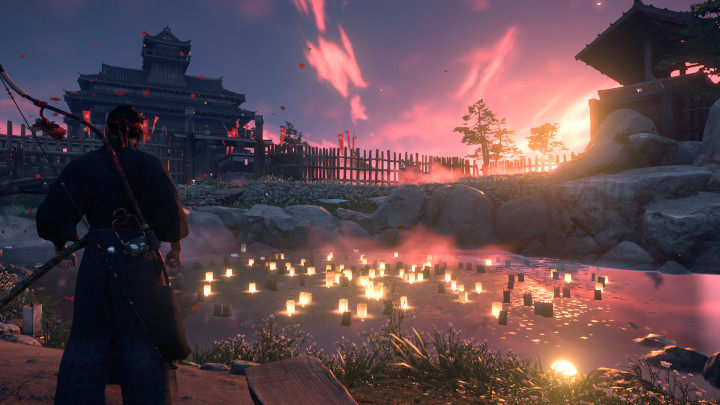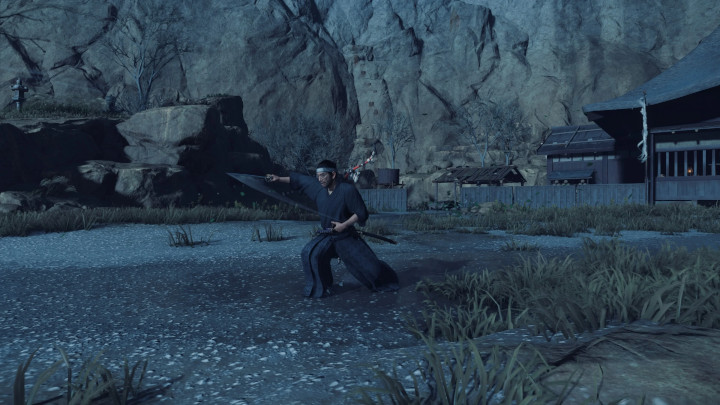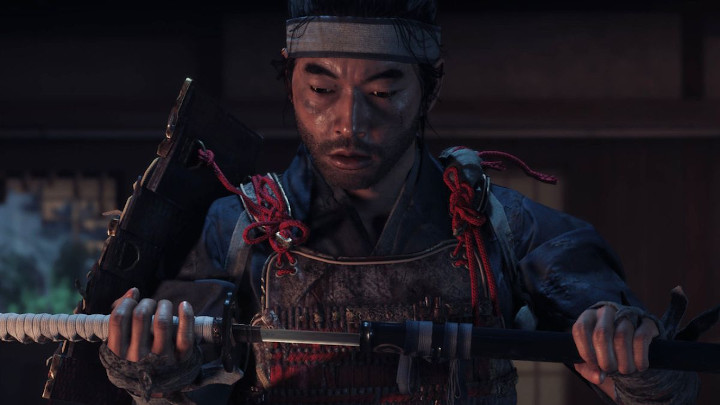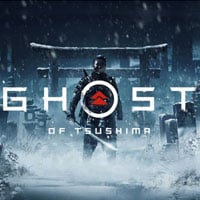Yakuza Producer Impressed by Depiction of Japan in Ghost of Tsushima
During a recent stream on Sega's official YouTube channel, Toshihiro Nagoshi, producer of the Yakuza series, made a very positive statement on Ghost of Tsushima. Furthermore, he revealed that such a game would probably not have been made in Japan.
1
- Toshihiro Nagoshi, producer of Sega's Yakuza series, has given a very positive feedback on Ghost of Tsushima.
- He praised, among other things, the enormity of work done by Sucker Punch to convey the character of feudal Japan, although not everything was reproduced with documentary accuracy.
- Nagoshi noticed that it would be very difficult to create a similar game in Japan, if only because of the main character. In the Land of the Rising Sun, young and handsome protagonists are preferred, which Jin certainly isn't.
Ghost of Tsushima almost instantly became a stunning success. The last great exclusive title on PlayStation 4 set a sales record for new IPs in Sony's catalogue, and is very much appreciated by both gamers and industry media. It is very popular in Japan, among other countries, where people tend to be rather indifferent about Western games depicting their history and culture. So what does Ghost of Tsushima have that they liked? This is the question Sega's Toshihiro Nagoshi, producer of the Yakuza series who liked Sucker Punch's latest game very much, tried to answer during the last stream on Sega's official channel (via Kotaku).
During the conversation Nagoshi praised such elements of Ghost of Tsushima as motion capture, the wind acting as a signpost or free, natural exploration. He also pointed out that Sucker Punch spent a lot of time and effort on exploring the character of the period and region where the game is takes place, as well as the approach of the Japanese to their history. And although not all the elements featured in the game are consistent with what was really happening in Japan in the second half of the 13th century (for example, the presence of haiku or the way of producing sake), the general atmosphere was preserved.
The Japanese artist particularly liked the mode that makes the game similar to classic samurai movie directed by Akira Kurosawa. To quote his words:
“The Kurosawa Mode doesn’t simply change the color [to black and white - editorial note], but has more of a technical approach by properly changing the number of frames to that in old movies.”

According to Nagoshi, the presence in Ghost of Tsushima of such elements and details, which create a specific atmosphere, strikes at the aforementioned inability of Western people to understand the characteristics of the culture of the Land of the Rising Sun.
“Foreigners who tickle the fancy of Japanese people more than Japanese people are...rather amazing, no?,” summarizes Sega's employee.

These are not words that came to Nagoshi easily. As he himself noticed:
“To be honest, we [Japan] were beaten. (...) Honestly, I think that’s a game that should be made in Japan.”
According to Nagoshi, however, this would be a very difficult task. All because of the fact that Ghost of Tsushima deviates from certain patterns established in Japanese games. As an example he gave the main character, Jin Sakai, who is neither particularly handsome nor young. In his opinion, if someone presented a concept art of this type of character to the owners of one of the larger dev team from Japan, the marketing department would immediately present a ton of data proving why it would be a bad idea to make such a protagonist and the project would get shot down.

Nagoshi's words inspired one of Reddit users to create an interesting analysis of how Japanese and Westerners' approaches to character creation and game narration differ. He notes that while there are plenty of things for which you can love game from the Land of the Rising Sun, the characters in them are rather static and are unlikely to change. However, if the creators decide to introduce such a change, it sometimes comes out artificially and too suddenly. According to user SenorPoopyMcFace, games created in the United States or Europe are slowly moving away from this. As an example of this change of approach, he gives the God of War series, in whose first three installments Kratos' character did not evolve, but only in the fourth part it gained additional depth. You can read the whole argument here.
Of course, not everyone has to agree with Nagoshi and assume that Ghost of Tsushima lacked a specific Japanese game development philosophy. Anybody can make up their mind about it by playing Sucker Punch's latest game.
1

Author: Milosz Szubert
A film expert by education. Has been working at Gamepressure.com since January 2017. A fan of tennis, basketball, comics, good books, history, and strategic games by Paradox. Recently a self-taught Game Master (apparently he's quite good at it). For several years, he edited films on the Notatnik Kinomana channel on YouTube.
Latest News
- End of remote work and 60 hours a week. Demo of Naughty Dog's new game was born amid a crunch atmosphere
- She's the new Lara Croft, but she still lives in fear. Trauma after Perfect Dark changed the actress' approach to the industry
- „A lot has become lost in translation.” Swen Vincke suggests that the scandal surrounding Divinity is a big misunderstanding
- Stuck in development limbo for years, ARK 2 is now planned for 2028
- Few people know about it, but it's an RPG mixing Dark Souls and NieR that has received excellent reviews on Steam, and its first DLC will be released soon


